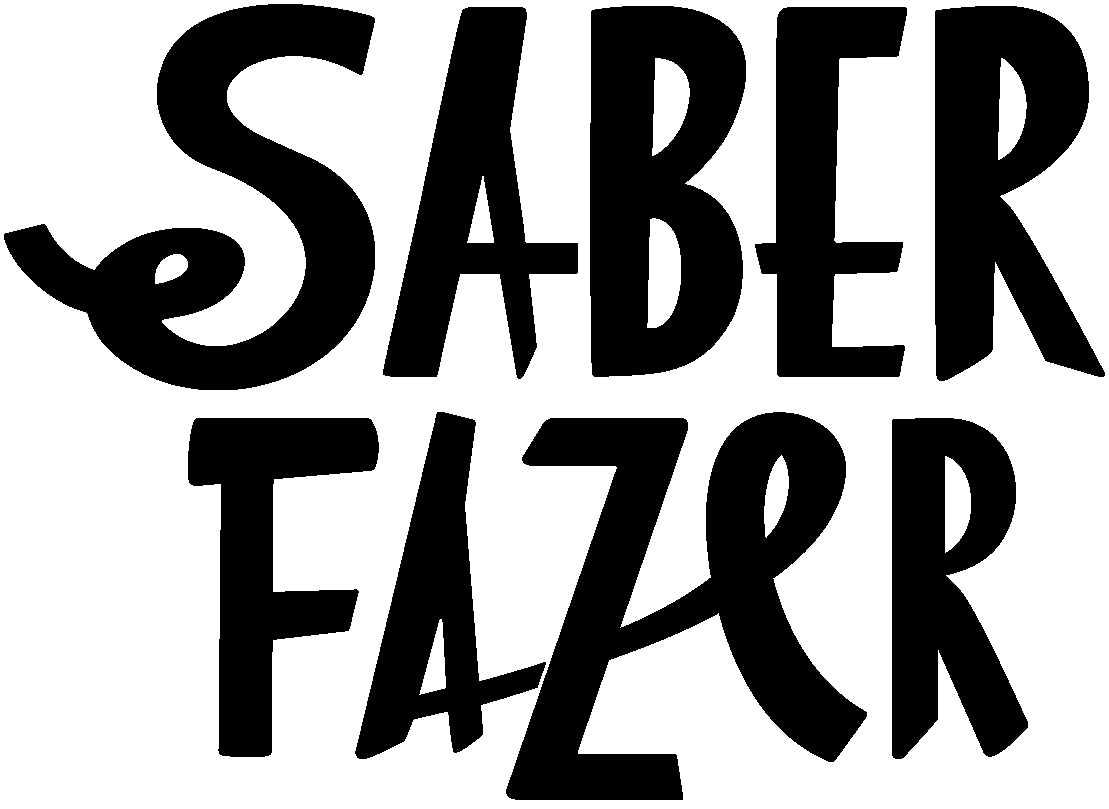Da conservação dos recursos genéticos
Porque é que o foco do meu trabalho na investigação da produção têxtil são as fibras produzidas pelas raças autóctones e variedades regionais? Este artigo explica perfeitamente porque é que é tão importante preservar estes recursos genéticos que podem ser decisivos para o nosso futuro.
Dá vontade de transcrever tudo, mas ficam aqui os trechos mais relevantes:
In fact, there are a shocking 1,458 pending extinctions that almost nobody is talking about.
These potential extinctions, according to a new report from the United Nations, are all breeds of agricultural animals: cattle, goats, pigs, chickens, and so on, the kinds of livestock that humans rely upon for food and labor around the world. If they disappear—due to disease, climate change, inbreeding or other scenario—so could a large portion of what the planet eats. Preserving these genetic resources, therefore, could be the key to food security and sustainability in the coming century.
All told, the UN’s Food and Agriculture Organization (FAO) predicts that at least 17 percent of the world's 8,774 recorded agricultural breeds are at now risk of extinction. The causes vary, but mostly it’s due to the increasing worldwide use of non-native breeds and the neglect of breeds that aren’t “competitive” on the global market.
(...)
They’re breeds like the Yakutian cattle, which has been selectively bred for centuries to be able to live in conditions up to -60 °C. There’s also the Pantaneiro cattle, which can resist parasites that would knock out commercial breeds. Some species help preserve the local environment, such as the Engadine sheep, which nearly went extinct 30 years ago but now helps control invasive plants, or the lightweight Swiniarka sheep of Poland, which is ideal for grazing fragile grasslands that heavier animals would crush. Other animals are uniquely adapted to survive on very little water, live in high elevations, or to resist certain diseases or parasites.
“We have a lot of challenges in the world,” said Beate Scherf, program officer with the FAO’s Sustainable Agriculture Program. “We have an increasing population. We are more dependent on the environment than ever before. We need specific adaptations to help us cope with all of these challenges in the future. These adaptations are found in these local breeds, which are usually the smaller breeds, not the international ones.”
- The Hidden 1,458 Potential Extinctions That Could Upend Our Food Supply

